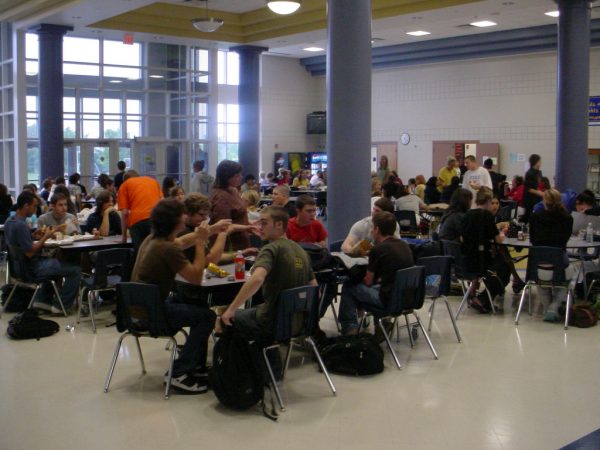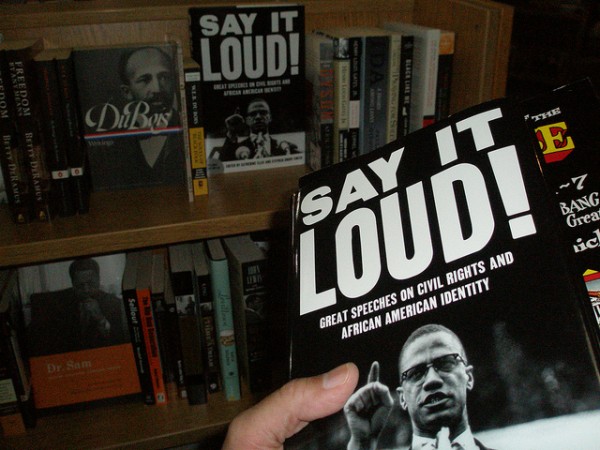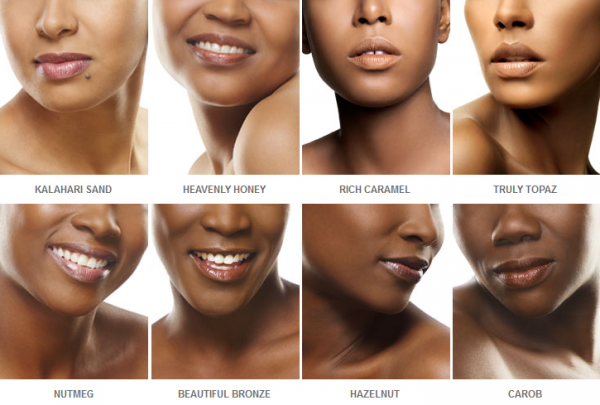
Teachers and other workers rely on workplace relationships to get through the day and do their jobs. New research explores how white and Black teachers achieve access to political, social, and emotional resources within schools through social ties. For 11 months, Jennifer L. Nelson observed 98 teachers across five public high schools, two of which were majority-white and three were majority-Black. Nelson shadowed and spoke with teachers as they prepared for lessons, taught in classrooms, participated in work-related meetings, and interacted in hallways. Nelson’s observations reveal how Black teachers in majority-white schools and white teachers in majority-Black schools form same-race social ties. These ties then provide access to additional emotional, political, and professional resources.
Both Black and white teachers received similar emotional resources through their same-race ties, including close friendships and opportunities to vent about workplace frustrations. Yet, most white teachers received additional professional and political resources (e.g. technical assistance, lesson plans, quieter hallways, “putting in a good word,” etc.), while only one-third of Black teachers’ same-race social ties produced similar resources.
Nelson argues that the differences in Black and white teachers’ resources are the result of same-race ties forming slower for Black teachers, who were less likely to have prior contacts and school affiliations than white teachers. White teachers in majority-Black schools were more likely to be placed in classrooms with close proximity, allowing them to meet more frequently in hallways and classrooms to share resources. These meetings resulted in more opportunities to form same-race cliques.
Black teachers, however, did not receive the same classroom proximity to other Black teachers. When Black teachers did form ties, these ties were more likely to stay within the workplace, include more non-teaching staff such as cafeteria staff or janitors, and include only two members. Black teachers in majority-white schools also faced more reprimand from administrators if they sat together during school events.
This research allows us to see how workplace social bonds — particularly between those with a shared racial identity — remain crucial in securing resources. Yet, workplace practices can hinder the extent to which same-race ties result in valuable resources between Black and white employees.




